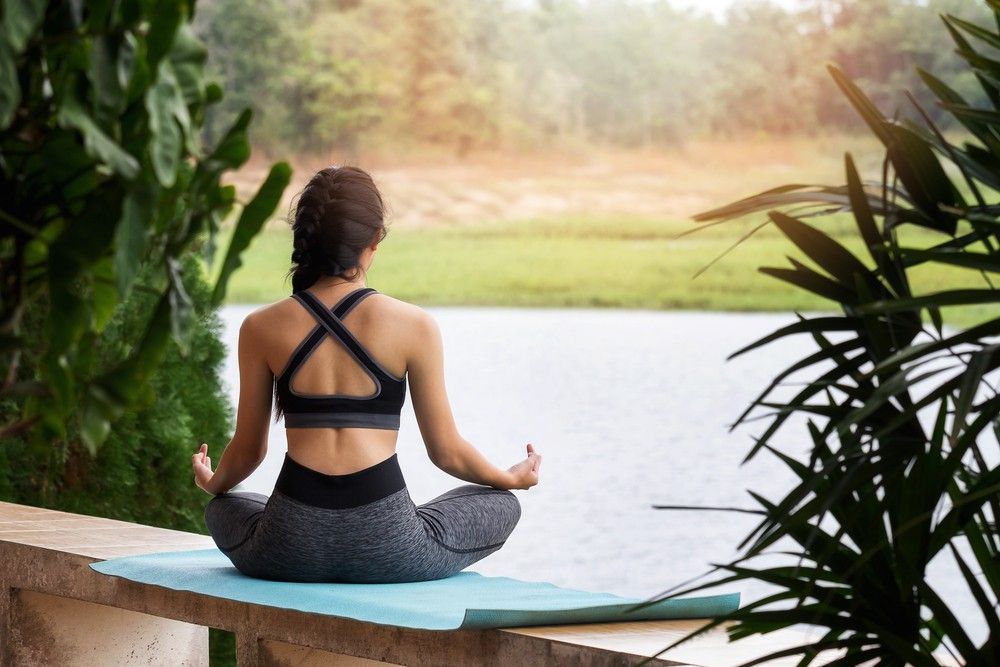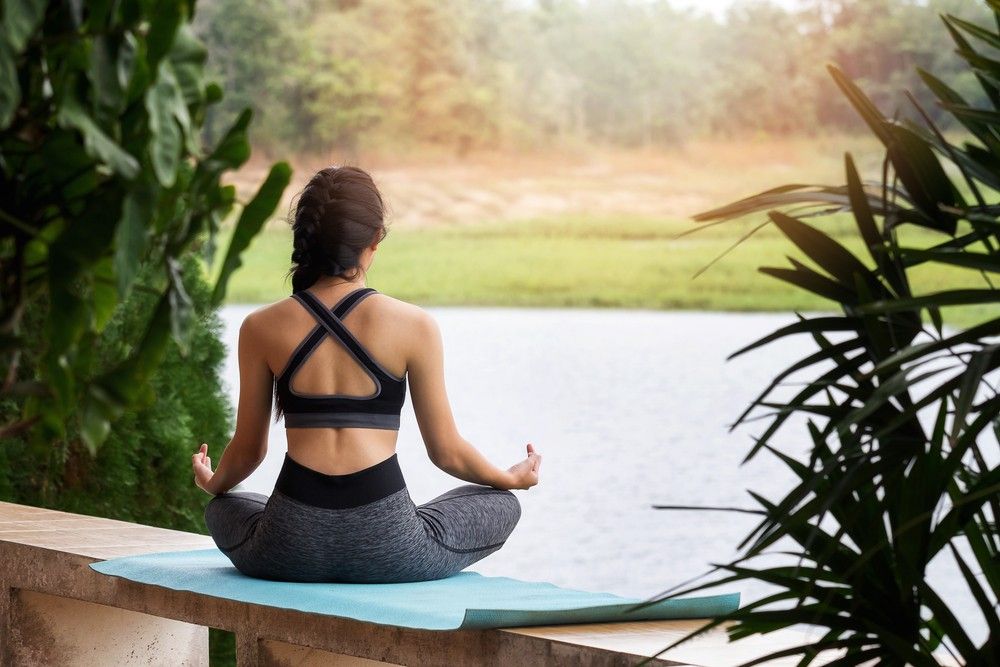
4 Great Meditative Practices for People Who Hate Meditation
Have you ever tried sitting down for five straight minutes to meditate?
Heck, sitting down for five minutes straight without fidgeting to pick up your phone?
I don’t care who you are, the first few times you sit to meditate (at least), it’s tough. I mean really tough. And then there’s the fact that some people just don’t find sitting alone by themselves in a room very peaceful or therapeutic. Worst, though, is for those who suffer from something like anxiety which can make it all but impossible to sit and meditate effectively.
Sure, some will tell you to push through it because it gets easier and can be highly beneficial (I would know, I’ve taught meditation). However, I’ve spent a lot of time studying the origins and inner workings of meditation know this is bull. That advice works for some but not for many others.
Ultimately, there are many different ways to meditate, all you need to do is find what works best for you.
At the end of the day, I can end up just totally wacky, because I’ve made mountains out of molehills. With meditation, I can keep them as molehills.
– Ringo Starr
Traditional meditation practice doesn’t work as well for some as it does for others. Years ago, it changed my life for the better. Because of this, I assumed it would have the same effect on others.
Fast-forward to a few years later, I began to teach meditation because I wanted others to experience what I had felt. But some didn’t. Some just couldn’t sit without great pain while others just didn’t find it very effective.
It was then that I realized it wasn’t so simple. While getting ourselves into a meditative state is valuable, the ways we do that are different for many of us. Some of us love being in nature, others of us need to be in motion.

Over the years, I’ve realized that there are several ways to create a similarly meditative state as with sitting in meditation, ways that better fit certain personalities and account for conditions such as anxiety.
Here are some great meditation practices for people who hate meditation:
1. Walking in nature
The first great practice is simply walking in nature.
All you need to do here is walk slowly at a natural pace while you allow yourself to enjoy the sounds and other sensory experiences around you. You can focus on your steps as well. Whenever you notice yourself start to trail off in thought, bring yourself back to this moment and continue enjoying what is around you.
This practice is nice because the mechanism isn’t a mental action, such as focusing on your breath in traditional meditation, it’s solely physical with no necessity to focus on one particular thing. For that reason, it can be particularly effective for those with anxiety or who simply find themselves restless after a long day.
For those who are interested in this practice but don’t live near nature, this doesn’t have to be a literal walk through the forest. Most of us have a park in our general area that we can take a stroll through or a relatively quiet street with trees and the low hum of the city around us (any consistent sound like this can help us reach a meditative state). If you have this, it will do just fine.
2. Physical creative expression
Another practice is to get out your paintbrush, pencil, colors, or anything else relevant and go through the motion of drawing whatever comes to mind on a piece of paper or canvas.
This isn’t a premeditated activity. You don’t think about what you want to draw before you draw it, you just let your hand take over and draw whatever it wants to draw. While drawing, focus on the motion of your hand and just enjoy the act of expressing yourself without letting some idea take over that you need to define what you’re making or place it into a conceptual box.

Physical activities like this are great if you’re naturally more restless as it can help focus the movement of the physical body, bringing calm and relaxation during the activity.
3. Unobstructed writing
This is a fun one. For this exercise, get out your pen and paper or computer and just start writing. Like the previous exercise, you shouldn’t be thinking about what you’re going to write – you just write whatever comes to mind.
This exercise is great for unearthing our negative self-talk as you’ll find that when we don’t censor what we write what ends up on the page is what is sitting in our subconscious.
For some of us, this can be a bit scary. We’re scared of what we might write, of what might crawl out from us as our hand runs free, but if this is you – if you started to cower the second you read this point – it’s probably the perfect activity for you because it can help you release your fears and worries out into the open in an environment where you don’t have to worry about being judged.
Continue to write as long as feels right for you. Simply stop when you begin to feel tired.
4. Repetitive physical exercise
Another simple but effective exercise is any sort of repetitive physical exercise.
Be careful here because the motion needs to be simple and repetitive. If it’s complex and involves a lot of brain power, like martial arts or playing a sport, then it won’t work nearly as effectively.
Swimming, running, yoga, and any other similar activity with either slow or the same consistent motion are perfect here.
If you’re extra restless, whether you’re having a bad day or this is your setpoint, this can be the perfect meditative practice for you as just like with point number two, the act of repeating the same physical motion focuses the movement of the body and allows an avenue for relief elsewhere.
No matter what we do, traditional meditation practice just isn’t a fit for some of us. If that’s you, try these practices and find out what works best for you. Maintaining a meditative state for a few minutes a day is highly beneficial for our mental and physical health, but if it doesn’t work for you, you don’t need to sit and meditate.
Find what works for you, adopt your own daily meditative practice, and realize the sense of balance and relief that can come from your own unique form of meditation practice.



